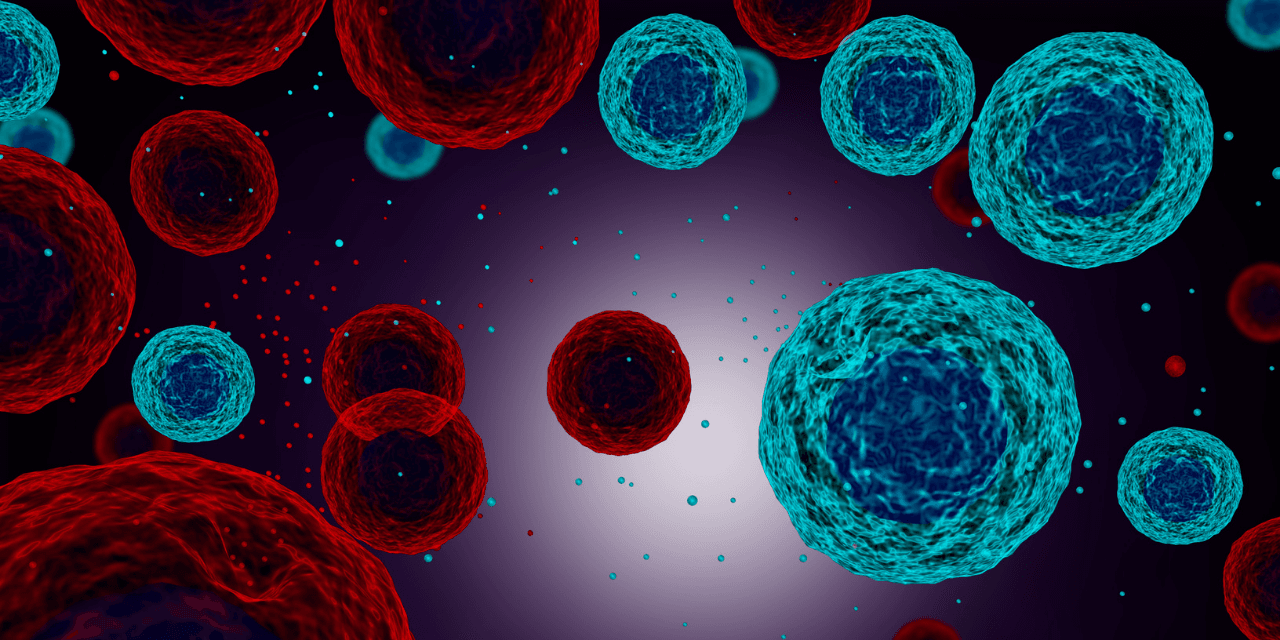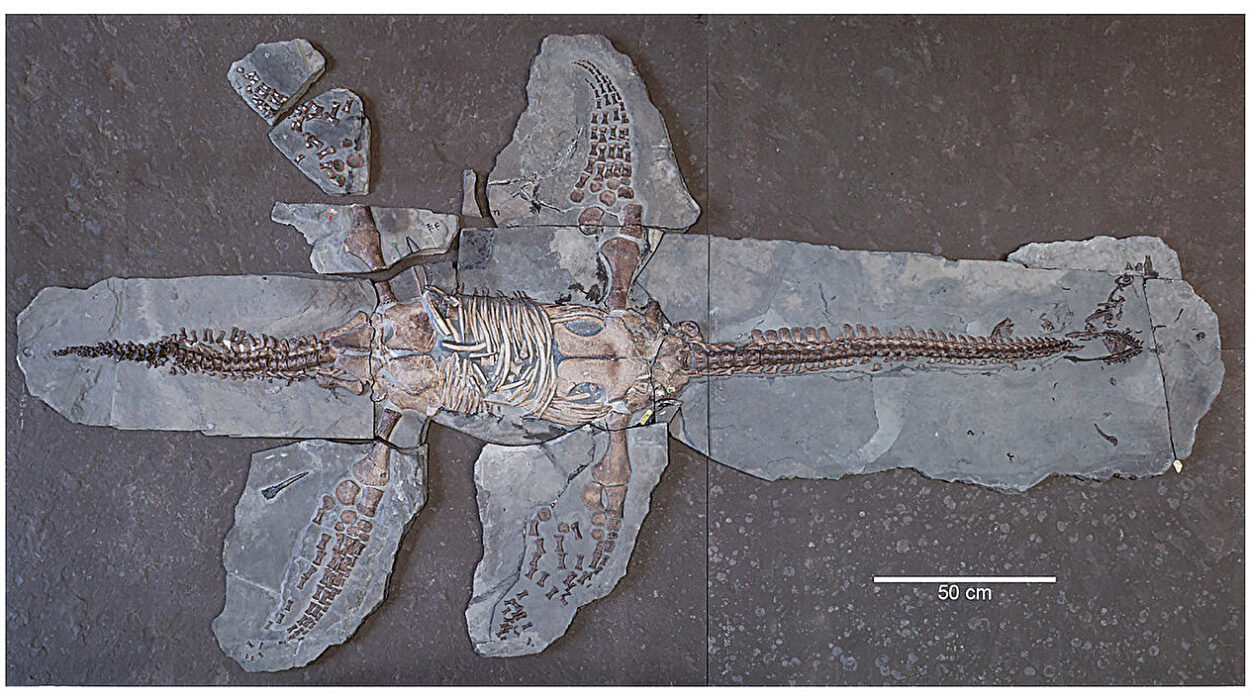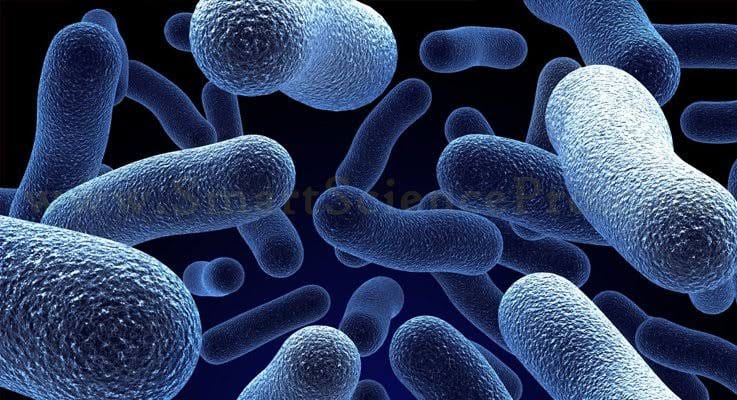Every moment of your existence—every breath, every heartbeat, every flicker of thought in your brain—is orchestrated not by a conductor, but by trillions of cells in your body, working in an astonishing harmony. But how do these microscopic units of life coordinate such a complex performance? The answer lies in one of the most exquisite aspects of biology: cellular communication.
At its core, life is a conversation—between cells, between organs, and between the organism and its environment. These conversations take place through a highly evolved system called signal transduction. Like whispered messages passed from one friend to another across a crowded room, cells send and receive information, decode signals, and make decisions in milliseconds. Whether it’s telling a wound to heal, managing blood sugar, fighting an infection, or regulating emotions, signal transduction pathways are the language of cellular coordination.
Understanding how cells communicate is not merely academic—it has profound implications for human health, disease treatment, and even the development of futuristic technologies like synthetic biology. But to fully appreciate the elegance of signal transduction, we must start where all communication begins: with a signal and a receptive ear.
Signals in a Sea of Noise
Imagine being one voice in a stadium of a hundred thousand. Somehow, your whispered message has to reach a single person on the other side. That’s the challenge cells face in the body. With a cacophony of biochemical signals surrounding them, how do they identify the ones meant for them?
The key lies in specificity. Signals come in many forms—hormones, neurotransmitters, growth factors, cytokines, mechanical stress, even light. These messages travel through the extracellular space or bloodstream until they find their target. Cells can’t see these messengers, but they’re equipped with something even better: specialized proteins known as receptors.
Receptors are embedded in the cell membrane or found within the cell itself. They act like tiny antennas, tuned to specific frequencies. When the right signal molecule—called a ligand—binds to a receptor, it’s like turning a key in a lock. This moment triggers a cascade of intracellular events, converting the external cue into a meaningful cellular response.
Receptors: The Gatekeepers of the Message
Receptors are where signal transduction begins. Their diversity and complexity reflect the sophistication of cellular life. Each receptor is uniquely shaped to recognize specific ligands, ensuring that signals are interpreted accurately.
One major category is the G protein-coupled receptor (GPCR), which snakes through the cell membrane in seven loops. GPCRs detect everything from adrenaline to light photons and are involved in taste, smell, mood, and immune responses. When activated, they trigger internal molecules called G proteins that further transmit the signal.
Another vital type is the receptor tyrosine kinase (RTK), often involved in cell growth and division. These receptors, upon ligand binding, phosphorylate tyrosine residues—adding a phosphate group to a specific amino acid. This acts as a molecular switch, activating intracellular signaling proteins.
There are also ligand-gated ion channels, which open when a ligand binds, allowing ions like calcium or sodium to flood into the cell, altering its electrical potential and triggering downstream events. These are particularly important in the nervous system and muscles.
Some receptors even reside inside the cell, like nuclear receptors, which bind steroid hormones. Once activated, they directly influence gene expression, altering which proteins a cell makes.
The Cascade: Amplifying the Signal
Once a receptor catches a signal, the real magic begins. The message is relayed from one molecule to another inside the cell in a relay system known as a signaling cascade. Each step in the cascade serves multiple purposes: amplifying the signal, refining it, branching it, and ultimately producing a precise cellular outcome.
A single receptor activation can result in the generation of second messengers, small molecules like cyclic AMP (cAMP), calcium ions, or inositol trisphosphate (IP3). These messengers diffuse rapidly within the cell, activating enzymes or opening ion channels, spreading the message far and wide.
For example, consider the classic adrenaline response. When adrenaline binds to a beta-adrenergic receptor (a type of GPCR), it activates an internal G protein, which in turn stimulates adenylyl cyclase to convert ATP into cAMP. This cAMP then activates protein kinase A (PKA), which phosphorylates various target proteins. These modifications lead to increased heart rate, glucose release, and enhanced alertness—all within seconds.
The beauty of these cascades lies in their modularity and amplification. One receptor can activate hundreds of G proteins, each of which can stimulate thousands of enzyme molecules, creating an avalanche of response from a single whisper.
Feedback, Modulation, and Termination
Signal transduction isn’t just about starting a process—it’s equally about knowing when to stop. Without control mechanisms, cells would overreact or underreact, leading to chaos. That’s where feedback loops and signal termination come into play.
Negative feedback is one such control. When a response is initiated, the pathway often activates molecules that, in turn, shut down the original signal. This prevents runaway activation and ensures the system returns to baseline. For instance, when cAMP levels rise too high, phosphodiesterases break it down, stopping the signal.
There’s also desensitization, where receptors become less responsive to repeated stimulation. Cells achieve this by internalizing the receptor (removing it from the surface) or chemically modifying it so it no longer responds to the ligand. This explains why drugs like morphine lose their effect over time without increasing dosage.
Cross-talk between pathways adds yet another layer of regulation. A cell might be receiving multiple signals simultaneously—some promoting growth, others inhibiting it. Signal transduction pathways often intersect, allowing integration of different messages so that the cell makes balanced decisions.
Pathways That Shape Life
Several well-known signaling pathways dominate the landscape of cellular communication. These molecular highways are conserved across species and control everything from embryonic development to immune responses.
The MAPK/ERK pathway regulates cell proliferation and differentiation. When growth factors bind to RTKs, they initiate a cascade involving Ras, Raf, MEK, and ERK proteins. ERK then enters the nucleus to modify gene expression, guiding the cell’s fate.
The PI3K-AKT pathway is crucial for cell survival and metabolism. It helps cells respond to insulin, regulate glucose uptake, and prevent apoptosis (programmed cell death). Dysregulation of this pathway is a hallmark of many cancers.
The JAK-STAT pathway, commonly used by cytokines, is especially important in immune signaling. Upon receptor activation, Janus kinases (JAKs) phosphorylate Signal Transducers and Activators of Transcription (STATs), which then move to the nucleus to trigger gene transcription.
Then there’s the Wnt pathway, pivotal in development and stem cell maintenance, and the Notch pathway, essential for cell fate decisions during tissue development. These systems operate with an almost poetic precision, determining when and where a cell should divide, specialize, migrate, or die.
When Communication Breaks Down: Diseases of Signaling
Just as in human relationships, miscommunication at the cellular level can lead to disaster. Many diseases arise when signal transduction pathways go awry—either due to genetic mutations, viral hijacking, or environmental disruptions.
Cancer is perhaps the most striking example. Many tumors are driven by mutations that cause signaling pathways to be constantly “on.” For instance, mutations in the Ras protein lock it in an active state, sending relentless growth signals even when no ligand is present. Similarly, overexpression of growth factor receptors like HER2 in breast cancer leads to excessive proliferation.
Diabetes involves impaired insulin signaling. In type 2 diabetes, cells become resistant to insulin, disrupting the PI3K-AKT pathway and leading to poor glucose uptake. This not only affects metabolism but increases oxidative stress and inflammation.
Autoimmune disorders often involve faulty immune signaling, where the body’s own cells are misidentified as threats. Hyperactive cytokine signaling can trigger chronic inflammation, tissue damage, and systemic illness.
Even mental health is linked to signal transduction. Disorders like depression, schizophrenia, and Parkinson’s disease involve dysregulated neurotransmitter signaling in the brain. Understanding and modulating these pathways is the cornerstone of psychopharmacology.
Tools to Study the Cellular Conversation
Decoding the language of cells requires advanced tools. Scientists use a range of techniques to observe, measure, and manipulate signal transduction pathways.
Fluorescence microscopy allows visualization of signaling molecules in live cells, revealing when and where pathways are activated. Western blotting and ELISA help quantify protein phosphorylation or receptor activity. Mass spectrometry provides a global view of protein modifications.
Genetic tools like CRISPR-Cas9 allow researchers to edit or silence genes involved in signaling, showing their role in specific pathways. Optogenetics, which uses light to control protein activity, offers precise control over signaling events in time and space.
These technologies don’t just deepen our understanding—they also pave the way for therapeutic innovation.
Signal Transduction in Therapy and Medicine
As our knowledge of cellular signaling grows, so does our ability to manipulate it for medical benefit. Many of today’s most advanced treatments target signal transduction pathways.
Targeted cancer therapies, such as tyrosine kinase inhibitors (e.g., imatinib for leukemia), block specific signaling proteins driving tumor growth. Monoclonal antibodies, like trastuzumab for HER2-positive breast cancer, block overactive receptors.
Immunotherapies, which harness the body’s own immune system to fight disease, rely heavily on modulating immune signaling. Drugs like checkpoint inhibitors (e.g., pembrolizumab) release the brakes on immune cells, unleashing them against cancer.
Even regenerative medicine and stem cell therapies depend on precise control of signaling. By activating or suppressing specific pathways, scientists can guide stem cells to become neurons, heart cells, or other tissue types.
In the realm of chronic disease, new diabetes treatments aim to restore insulin signaling. Neurological drugs aim to rebalance neurotransmitter pathways. And gene therapy holds promise for correcting defective signaling at the DNA level.
The Future: Designing Synthetic Conversations
The frontier of signal transduction is no longer just about observing nature—it’s about designing it. In the emerging field of synthetic biology, scientists are engineering cells with custom-made receptors and signaling pathways, creating biological circuits that can detect disease, deliver drugs, or even compute logic.
Imagine a cell that senses high blood glucose and releases insulin automatically. Or an engineered T cell that homes in on cancer and activates only when it finds the tumor. These aren’t science fiction—they’re active areas of research.
As we learn to speak the language of cells, we gain the power to reprogram life itself. But with that power comes responsibility. Ethical questions loom large: How much should we intervene? What unintended consequences might arise? The challenge ahead is to use our knowledge wisely.
A Universe Within Us
In every heartbeat, every thought, every moment of healing or learning, your cells are whispering to each other. They do it with molecules, receptors, enzymes, and cascades—but the effect is nothing short of miraculous.
Signal transduction is not just a molecular mechanism. It’s a symphony of responses, an unfolding story of how life organizes itself, adapts, and survives. From the first spark of fertilization to the last breath, these cellular conversations define who we are.
In listening to the language of our cells, we don’t just understand biology—we understand ourselves. And in that understanding lies the promise of a healthier, more connected future.






